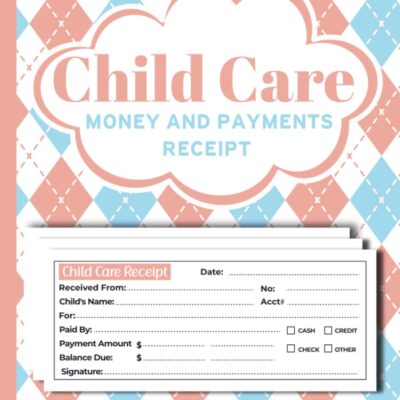
Reduce sugar for hyperactive kids when you’ve noticed your child getting extra bouncy or having trouble focusing, you might wonder if sugar could be a part of the problem. Many parents suspect reducing sugar can help their kids be more balanced and calm. Let’s dive into some simple ways to reduce sugar in your child’s diet and hopefully make an improvement in their level of energy and behavior.
Understanding Sugar’s Impact
First, let’s chat about why sugar might affect your kid’s mood and energy. When kids consume sugar, their blood sugar levels can spike quickly, giving them power. But just as quickly, those levels can drop, leading to a crash that might make them irritable or restless. This roller-coaster effect can sometimes lead to the hyperactive behavior you’re seeing.
Not all sugars are the same, though. There are three main types you should be aware of:
- These are sugars added during processing, like those in sugary drinks, candies, and many packaged snacks.
- Found in fruits, vegetables, and dairy. These sugars come with nutrients and fiber that are good for kids.
- These are synthetic and found in sugar-free snacks and drinks. They don’t affect blood sugar but aren’t always the best choice for long-term health.
Identifying Hidden Sugars
Reduce sugar for hyperactive kids can sneak into places you might not expect. It’s not just in candy and sodas. Here are a few sneaky spots where sugar might be hiding:
- Sauces and Condiments: Ketchup, BBQ sauce, and salad dressings often have added sugars.
- Processed Foods: Many breakfast cereals, granola bars, and packaged snacks contain more sugar than you might think.
- Flavored Yogurts: Some healthy yogurts can be packed with added sugars.
To spot these hidden sugars, get into the habit of reading nutrition labels. Watch for “high fructose corn syrup,” “sucrose,” “glucose,” and “fructose” in the ingredients list. These are all forms of added sugar that you might want to limit.
Making Healthier Food Choices
Switching to healthier food options can make a big difference. Here are some easy swaps you can make:
- Instead of reaching for sugary snacks, try offering fresh fruit or veggies. Peanut butter apple slices, hummus carrot sticks, nuts can be tasty and nutritious alternatives.
- Plan balanced meals with whole grains, lean proteins, and plenty of veggies. Breakfast could be oatmeal with fruit, lunch could be a whole-grain wrap with lean protein, and dinner could include grilled chicken, quinoa, and steamed vegetables.
Introducing Sugar Alternatives
Sometimes, you might want to add a bit of sweetness to your child’s diet. There are healthier ways to do this:
- Honey, maple syrup, and stevia can sweeten foods without relying on processed sugars. Just remember to use them in moderation, as they still contain sugar.
- Use applesauce or mashed bananas instead of sugar for baking or cooking. These add natural sweetness and can help reduce the overall sugar content in recipes.
Encouraging Healthy Habits
Reduce sugar for hyperactive kids involving your youngster in meal prep can increase their interest in healthy eating. Let them help wash vegetables, mix ingredients, or set the table. It’s a great way to teach them about nutrition and make them feel invested in their food choices.
Establishing a consistent eating routine can also help manage sugar intake. Regular meal times and planned snack breaks can prevent excessive sugar cravings and keep their energy levels stable throughout the day.
Dealing with Sugar Cravings
When cutting back on sugar, it’s normal for kids to experience cravings or mood swings. Here’s how you can handle it:
- Healthy Alternatives: When cravings hit, offer healthier choices like frozen fruit bars or yogurt with fresh fruit.
- Managing Withdrawal: Be patient with your child as they adjust. Encourage healthy snacks and find distractions like physical activities or hobbies to help them cope with cravings.
Setting a Good Example
One of the best ways to help your child reduce sugar intake is to model healthy eating yourself. If you cut back on sugar and choose healthier foods, your child will likely follow your lead. Make mealtime a family event where everyone enjoys balanced, nutritious meals together.
Also, think about family activities that don’t involve sugary rewards. Instead of using candy or sweets as a reward, consider activities like family outings, game nights, or other fun, engaging experiences that don’t revolve around sugar.
Conclusion
Reducing sugar for hyperactive kids can lead to more balanced energy levels and better behavior. Understanding sugar’s impact, spotting hidden sugars, making healthier food choices, and setting a good example can help your child develop better eating habits. It might take a little time and patience, but the benefits are worth it. As you make these changes, you’ll likely notice improvements in your child’s mood and overall well-being. Keep it up, and good luck!
If you want to learn my #1 Focus Gummies for Kids Increases Attention Natural Herbal Brain Gummies, Click Here Now.





